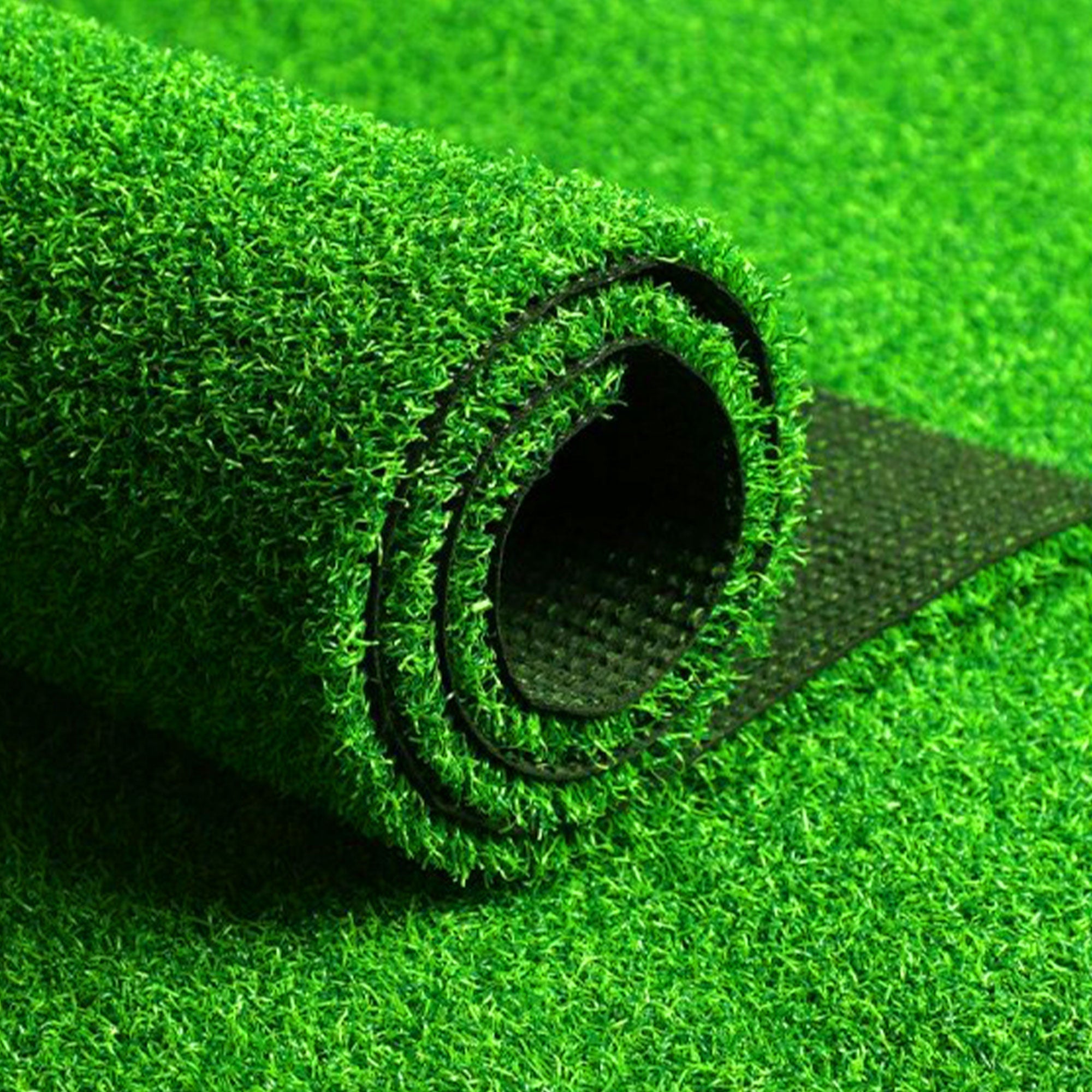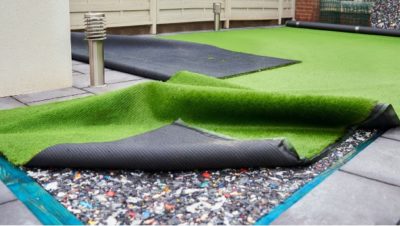Recognizing How Artificial Turf Works for Your Home and Yard
Synthetic grass has arised as a practical option for property owners seeking to enhance their outside areas without the burdens of standard yard upkeep. Comprehending its structure, installation process, and the different kinds available can disclose substantial advantages for both appearances and capability. However, the ramifications of picking man-made grass prolong past mere appearance; they touch upon ecological factors to consider and lasting sustainability. As we explore these elements, one need to take into consideration just how this ingenious approach can basically change the landscape of home gardening. What factors should you weigh prior to making the shift?
Advantages of Synthetic Grass
Recognizing the expanding appeal of synthetic grass, it is important to discover its countless advantages. One of one of the most considerable benefits is the reduction in maintenance demands. Unlike all-natural yard, man-made lawn does not need mowing, watering, or fertilization, which equates to time and expense savings for home owners. This low-maintenance alternative is especially appealing in regions with limited water resources, as it conserves water and minimizes total ecological impact (Arizona artificial grass).
Additionally, synthetic grass provides a lavish and consistently environment-friendly appearance throughout the year, regardless of climate condition. This visual allure enhances the aesthetic quality of any landscape, making it an appealing option for houses. Synthetic turf is resilient and developed to hold up against heavy foot website traffic, making it an ideal service for family members with youngsters and pet dogs.
Safety and security is an additional essential consideration; contemporary synthetic grass is often made from safe materials and incorporates shock-absorbing technologies, minimizing the risk of injuries throughout play. Artificial lawn is immune to parasites and weeds, removing the demand for chemical treatments, therefore promoting a much healthier outdoor environment. On the whole, the advantages of synthetic grass make it an engaging choice for enhancing home and yard areas.
Setup Process Review
When taking into consideration the installment of synthetic grass, a methodical strategy is necessary to guarantee optimum results. The installment process usually starts with detailed site preparation, which includes getting rid of the area of any kind of existing turf, particles, and rocks. This action is vital for establishing a stable and degree structure.
Following, it is very important to assess the water drainage capacities of the area. Correct drainage is essential to stop water pooling on the surface area, which can cause early wear or issues with mold and mildew. If required., this might require excavation and the installment of a drainage system.
As soon as the website is prepared, a base layer is installed, typically including crushed rock or decayed granite, compacted to produce a strong surface. After attaining a smooth base, a geotextile textile is put down to prevent weed development.
The final stage involves laying the synthetic grass itself. The lawn rolls are positioned, reduced to fit, and protected at the joints using customized or adhesive turf tape. Infill materials might be used to improve security and boost the overall look. Properly adhering to these actions will certainly cause a durable and cosmetically pleasing synthetic grass my site installment.
Kinds of Synthetic Grass

One of the key groups is household grass, which is commonly utilized in gardens, backyards, and play locations. This kind generally features a soft structure, making it risk-free for animals and children. Industrial turf, on the various other hand, is crafted for high-traffic areas, such as sporting activities areas and municipal parks. It uses sturdiness and strength, ensuring it stands up to rigorous use while maintaining its appearance.
Another category includes landscape grass, which imitates natural turf closely to boost the aesthetic charm of yards and exterior rooms. Additionally, putting green turf is particularly made for golf lovers, including a much shorter pile elevation and a smooth surface for an optimal putting experience.
Lastly, pet-friendly lawn integrates antimicrobial properties and sturdy products to make sure a risk-free and sanitary environment for family pets. Choosing the best sort of synthetic grass is important for achieving the intended look and functionality in your house and yard.
Maintenance Requirements
Appropriate upkeep is crucial for prolonging the life-span and appearance of man-made turf. Regular maintenance not just enhances visual allure yet likewise makes sure optimal performance. The main upkeep tasks consist of brushing, rinsing, and checking the lawn.

Rinsing the grass with water aids get rid of particles, dust, and pet waste. Making use of a hose with a spray nozzle makes this job reliable and reliable. In locations susceptible to heavy rains, guarantee proper drainage to avoid merging.
In addition, routine evaluations for problems, such as splits or loosened seams, are important. Prompt fixings can prevent a lot more significant issues and maintain the honesty of the turf. By adhering to these maintenance demands, home owners can delight in the charm and performance of their synthetic grass for several years to come, making sure a vibrant and welcoming outdoor area.
Ecological Factors To Consider
Synthetic grass offers a complex array of environmental considerations that necessitate cautious examination. Turf companies mesa az. While it decreases the need for water, plant foods, and chemicals, which are usually connected with natural lawn maintenance, there are substantial worries regarding its manufacturing, disposal, and usage
The manufacturing of synthetic grass involves petroleum-based products, elevating concerns about fossil fuel usage and greenhouse gas exhausts. The setup procedure frequently needs a layer of infill, regularly composed of materials like crumb rubber, which can release dangerous chemicals right into the environment.

Disposal of synthetic grass offers another challenge, as it is not eco-friendly and can add to garbage dump waste. Some recycling choices exist, but they are not widely readily available or easily accessible.
Conclusion
In recap, synthetic turf presents numerous advantages for residential and garden applications, consisting of aesthetic appeal, reduced upkeep, and safety and security for pet dogs and youngsters. Different types of synthetic grass cater to different needs and choices, while ecological considerations highlight its potential sustainability advantages.
In general, the advantages of man-made lawn make it an engaging alternative for improving home and garden spaces.
When considering the installation of fabricated turf, a systematic approach is important to make certain optimum results. The grass rolls are put, cut to fit, and safeguarded at the seams making use of glue or specialized grass tape. Correctly complying with these actions will certainly result in a sturdy and cosmetically pleasing fabricated lawn setup.
In recap, artificial turf presents various Continue benefits for household and garden applications, including aesthetic appeal, reduced upkeep, and safety for children and pet dogs.